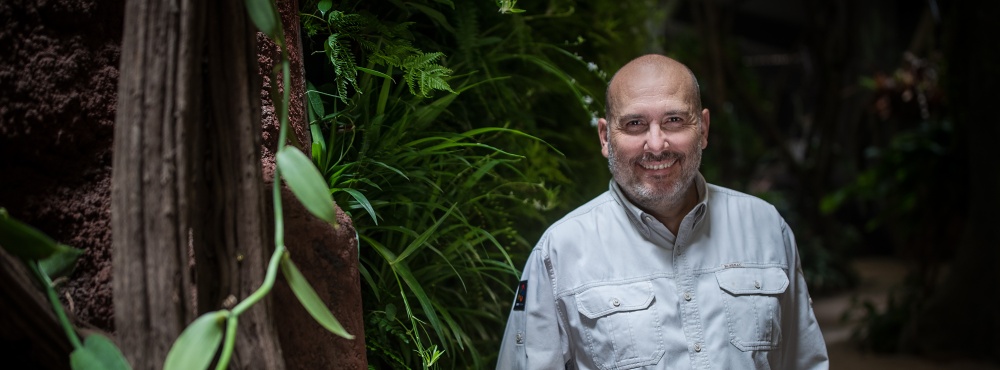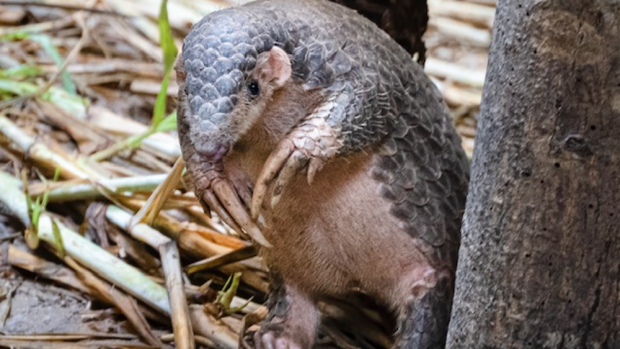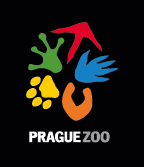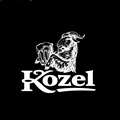The pangolins are here, the hardest part begins

The wait is over! Two Chinese pangolins – a male, Guo Bao, and a female, Run Hou Tang – have been at Prague Zoo since Thursday. These are truly exceptional animals. They are the only mammals to be covered in scales, so, at first glance, they look like reptiles, and they have many other remarkable features associated with them. At the same time, however, huge numbers are hunted and for a long time they have occupied the dubious position of being first in the list of the most illegally traded mammals in the world. This is also the main reason why we care so much about them. We want to introduce you to these creatures as we are working hard to protect them in both Central Africa and South Asia. However, they are not easy to keep. Until relatively recently, it was considered impossible, so it's not surprising that we are only the second zoo in Europe to introduce pangolins to its visitors.
 Guo Bao – the male Chinese pangolin. Photo Taipei Zoo
Guo Bao – the male Chinese pangolin. Photo Taipei Zoo
So, how come it’s so difficult to keep pangolins and what preparations did we have to go through? First off, we have completely rebuilt the night exhibit in the Indonesian jungle where they will be housed. This was not just a question of creating enough space and building artificial burrows, but also of ensuring the right temperature range, very high humidity, the best possible lighting as well as treating the surfaces so that the pangolins would not damage their delicate feet.
However, providing the right food is by far the biggest problem for long-term, sustainable pangolin breeding. This is what has made it impossible for decades. Like anteaters, aardvarks and echidnas, they feed on ants and termites, however, unlike other insectivorous mammals, it has long been impossible to find a suitable alternative food for them. One of the first institutions that was successful in solving this problem was Taipei Zoo. This is where our Guo Bao and Run Hou Tang have come from. The Prague pangolins’ food is also prepared using the Taipei recipe, with a slight modification for our Central European conditions. Upon their arrival, Guo Bao and Run Hou Tang began to receive a mixture made of frozen bee larvae, supplemented with mealworms, detoxifying clay, chitin, vitamin K and other ingredients.
Yes, acquiring the pangolins and all the preparations for their arrival wasn’t easy, but the biggest challenges – getting them used to their new environment and then successfully keeping them – are still ahead of us.
ZOOPRAHA.CZ
Contacts
- The Prague zoological garden
U Trojskeho zamku 120/3
171 00 Praha 7
Phone.: (+420) 296 112 230 (public relations department)
e-mail: zoopraha@zoopraha.cz
Others








